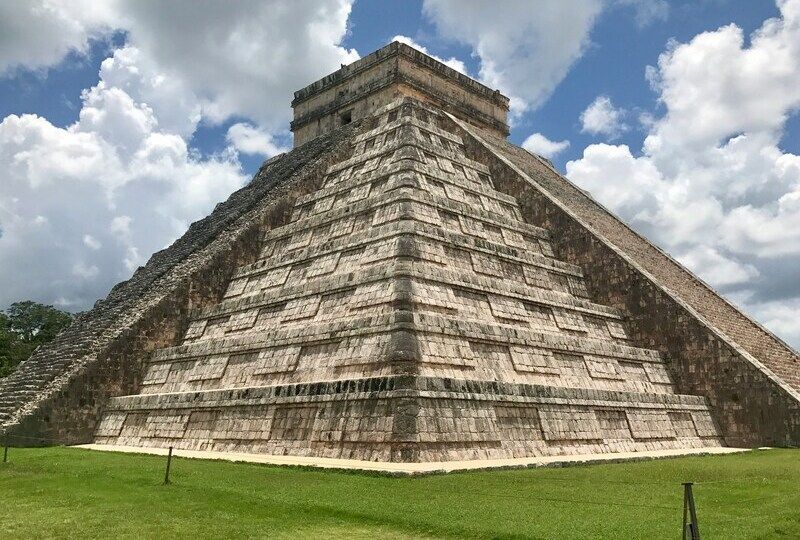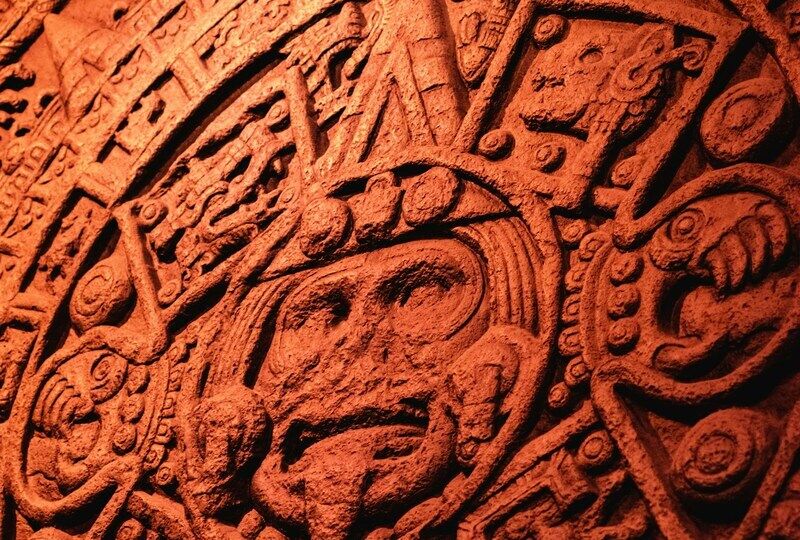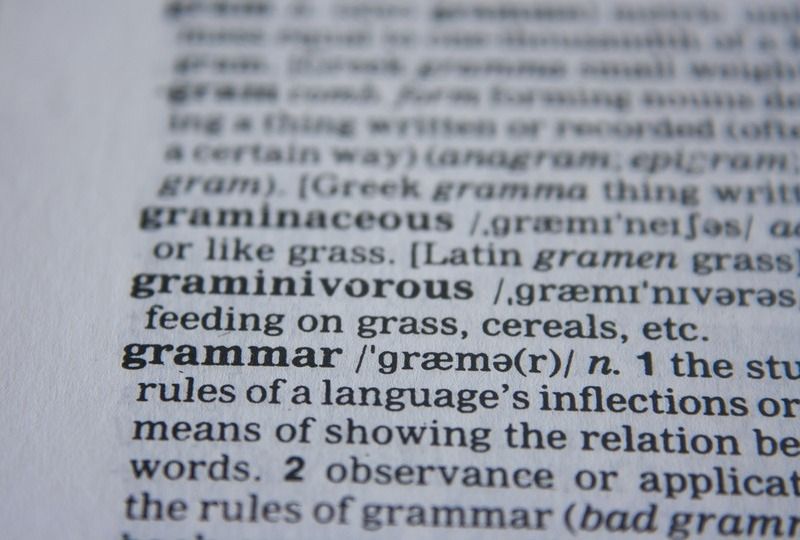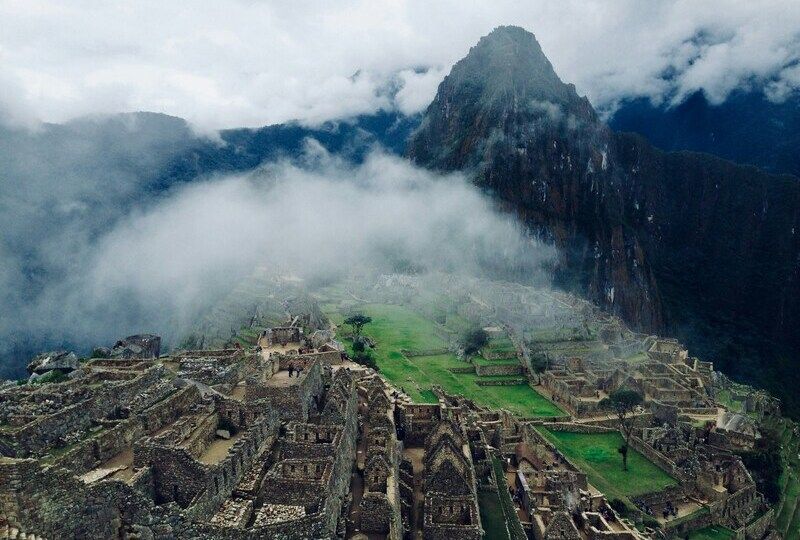Exploring the Influence of Indigenous Languages on Modern Spanish

As you wander through the vibrant streets of Latin America, you may notice that the sounds and rhythms of the Spanish that you hear seem to echo with the whispers of ancient cultures. The region is home to a rich tapestry of indigenous cultures, each with their own distinct history, traditions, and languages. The Mayan civilization was comprised of sophisticated city-states in Mesoamerica, which is present day southern Mexico and Guatemala. When we talk about the Incas, we’re referring to Quechua-speaking Andean communities who made their homes in what is now Ecuador, Peru, and Chile. There were Guaraní-speaking tribes in Paraguay, as well. All of these cultures have left an indelible mark on the Spanish language spoken in each of these regions today. In this article, we'll delve into the fascinating story of how indigenous languages have shaped modern Spanish, exploring words and phrases that have been borrowed from these ancient tongues and woven into the fabric of everyday conversation in certain regions. From the mystical vocabulary of the Aztecs to the colorful idioms of Mapudungun in Chile, we’ll uncover the hidden threads that connect the past to the present. Let's explore part of what makes Spanish such a rich language!

The Conquest and Colonization of the Americas
Spanish conquistadors arrived in the Americas for the first time in the late 15th century and continued their colonization into the 16th century. This period marked the beginning of a tumultuous period of cultural exchange and exploitation. As the European settlers and indigenous peoples interacted, languages began to blend and borrow from one another.
Most conquistadores began their journeys in the Caribbean. Hernán Cortés colonized Mexico for Spain almost at the same time that Francisco Pizarro was doing the same from Panama to Peru. In what is now Mexico, the Nahuatl language was spoken by the Aztecs. Words like “chocolate” and “guajolote” (turkey) were adopted from Nahuatl and incorporated into Spanish. While chocolate spread throughout the Spanish speaking world, guajolote is very regional, specific to Mexico, Honduras, and El Salvador. Another indigenous language in Latin America is Quechua, spoken by the Incas in Peru. They contributed words such as “condor” and “puma”. In Paraguay and parts of Argentina and Brazil, the Guaraní language was spoken, and this language left its mark on Spanish with words like “caraya”, which is a type of monkey and “yacaré”, which is a type of caiman. We’ll discuss more loanwords from these rich, indigenous languages next!

Loanwords
One of the most striking ways in which indigenous languages have influenced Spanish is through loanwords. Loanwords are words that have been adopted from other languages and adapted to fit the pronunciation of the new language. For example, the word “chocolate” was borrowed from Nahuatl and adopted into Spanish. The pronunciation may be different, and sometimes with loanwords the spelling differs slightly, though they typically have little to no modification. They fulfill the purpose of providing a word for something that in conceptually new to a culture. Chocolate didn’t exist for the Spanish until it was brought over from the Americas, so how could they have a word for it?
Here are some of the loanwords, adapted words, and modified words of indigenous origins that have been contributed to Spanish in the Americas and, in some cases, in general. As you will see on this list, there are even some words that we use in English as loanwords, like quinoa and chocolate!
From Guaraní:
-Canoá became canoa, and it means canoe.
-Tucán is a Spanish word borrowed from Guaraní, and we also use it in English.
-Paraguay comes from Guaraní.
From Nahuatl (Aztecs):
-Achiote is a word for seed. Today it is a spice extracted from seeds of the same name.
-Zacate means grass.
-The word ahuacate gave us aguacate in Spanish, which means avocado.
-Tapatío is modern Spanish for someone from Guadalajara.
-Tequitqui is a term that means tributary and refers to a type of art that fuses European iconography and indigenous technique.
-Chocolate
-Guajolote means turkey in modern Spanish in certain regions.
-Ahuehuete is Spanish for a cypress tree.
-Chihuahua is thought to come from Nahuatl.
From Quechua:
-Puma
-Quinoa
-Palta is a regional word in modern Spanish meaning avocado.
-Chompa is a regional word in modern Spanish meaning sweater.
-Choclo is a regional word in modern Spanish meaning corn.
-Condor
-Lúcuma is a regional word in modern Spanish for the commonly eaten lúcuma fruit in the Andes region.
-Vicuña is a Spanish word to describe an animal similar to an alpaca that is native to the Andes.
From Mayan:
-Cancún
-Maya
-Cenote
-Cigarro in Spanish, which is cigar in English.

Grammar Structures
Indigenous languages may have also influenced certain grammar structures in Spanish. This is more difficult to say with certainty, however, it has been suggested that the frequent use of diminutives in North and Central America, namely Mexico, can be attributed to indigenous languages. Diminutives are suffixes used to make words sound smaller. In Spanish, the main diminutives used are “-ito” and “-ita”. For example, a perro is a dog, but a perrito is a small dog. These diminutives can also make words sound cuter. The suggestion is that in Mexico, the use of these diminutives is more frequent than in other countries due to influence from indigenous languages.
Double marking of possessives in some regions has also been suggested to be traced back to indigenous influence. In Spanish, “su” means his, hers, theirs, or yours (formal). Because one word has four different meanings, sometimes extra clarification is required. In more standard speech, it is normal to say, for example, “el coche de + person” to say that it is someone’s car. Once the subject has been established “su coche” or “his car” can replace the previous structure. Double marking is when “su” and “de él” or “de ella” are combined to make something like “su coche de él”, literally translating to “his car of him”. This informal double marking is not considered grammatically correct but is commonly used in casual speech.

From Many, One
As we reflect on the significant impact of indigenous languages on modern Spanish, it is clear that their influence has created a rich tapestry of vocabulary and grammar that colors the regional dialects in the Americas and enriches European Spanish on the other side of the Atlantic. This cultural exchange has woven together the threads of various linguistic traditions to create a unique linguistic heritage. Acknowledging and appreciating this influence is crucial for language learners and cultural exchange enthusiasts alike.
While it is possible to learn Spanish and speak it fluently without knowing where each word comes from, it enriches our experiences as language learners when we are able to point to the languages that made Spanish what it is today. Some of those languages, sadly, are in threat of extinction or already gone. While we celebrate the diversity of Spanish dialects around the world, it is important to reflect on what we may have lost in the process. By remembering these cultures and their influence, we honor the countless indigenous languages that help us express ourselves each day and contribute to the evolution of the Spanish we know and love.